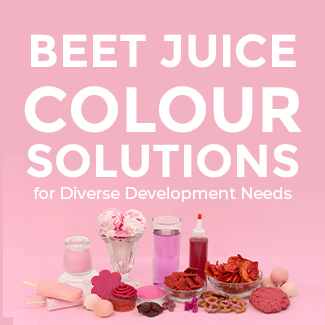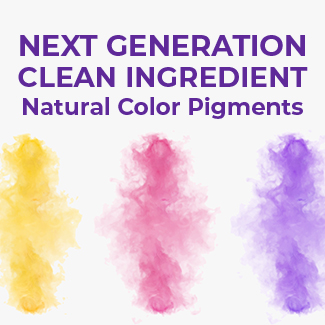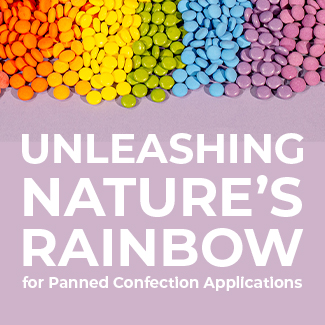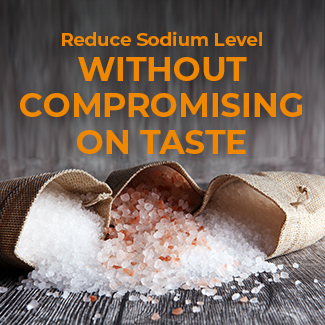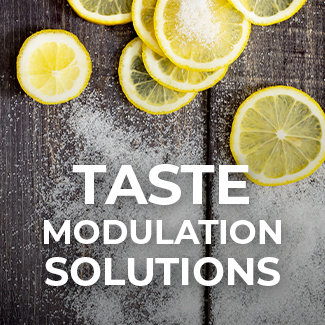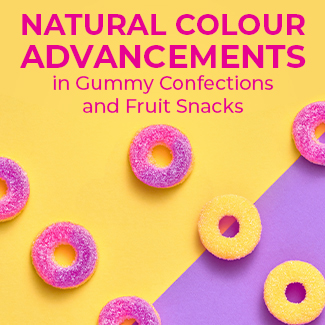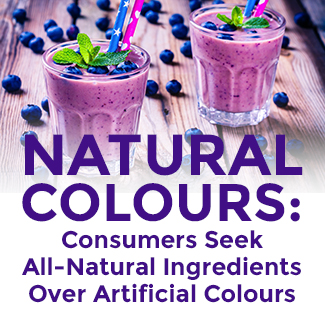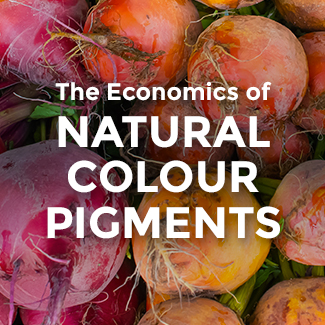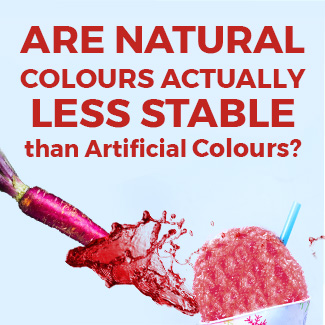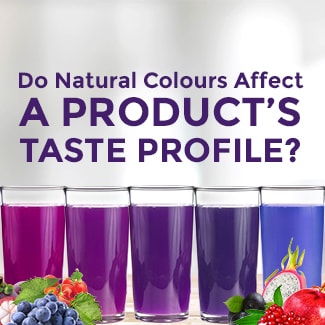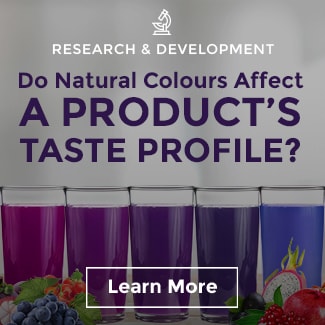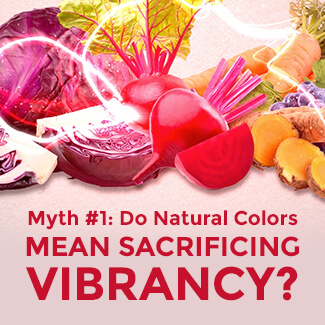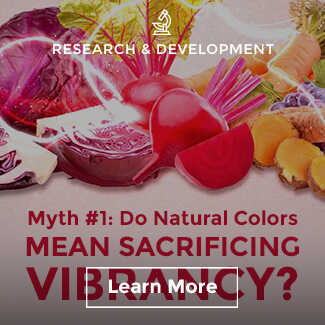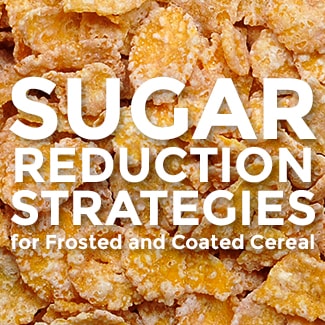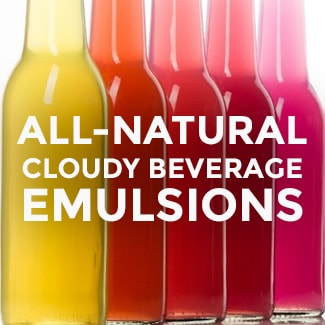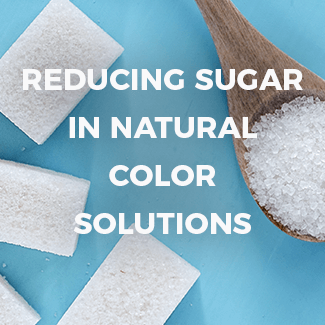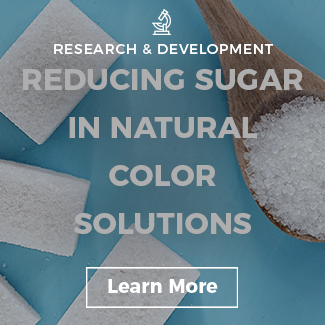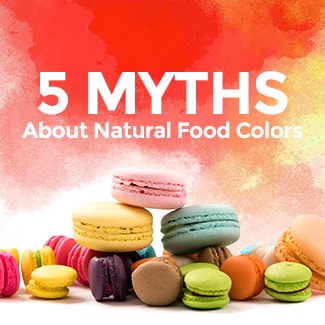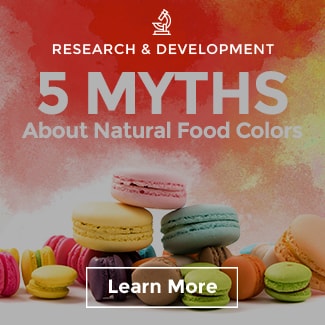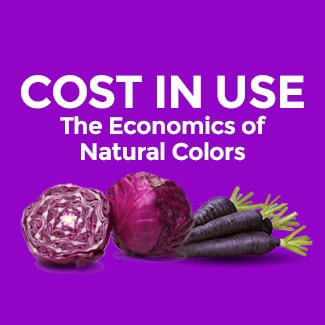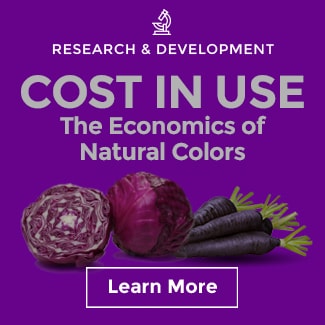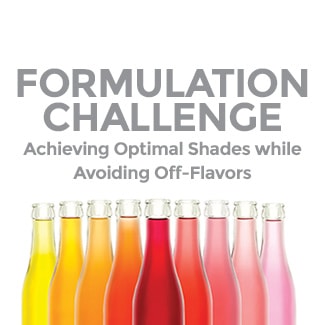Does Natural Colour Vary from Batch-to-Batch?
Visual consistency is critical for food and beverage brands, especially the colour, as it instantly constructs flavour and quality cues for consumers. Colour cannot only affect flavour expectation, but it can also alter a consumer’s experience with a product. Research from Dr. Francis McGlone, Head of Somatosensory & Affective Neurosciences and Psychology at Liverpool JM University and former lead Neuroscientist at Unilever, indicates perceived flavour intensity can be strongly influenced by colour. An additional study published in The Journal of Consumer Research conducted by two distinguished marketing professors, JoAndrea Hoegg and Joseph W. Alba, concluded similar findings as McGlone. Their research evaluated consumer preference for orange juice at varied levels of colour vibrancy.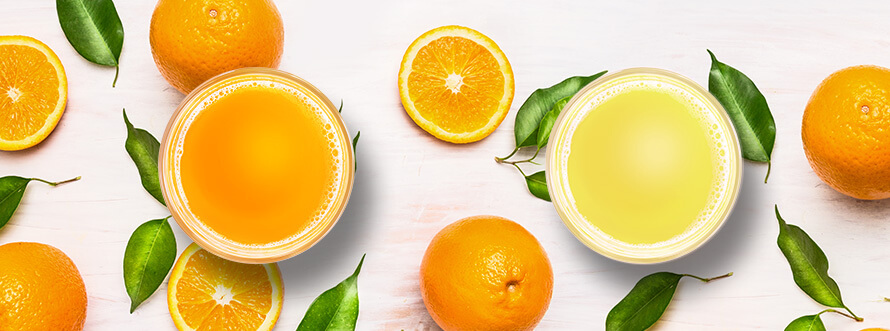 In this study, consumers “succumbed to the influence of colour,” as the brighter, more authentic orange shade was preferred for its taste, when in fact, both juices were the exact same, just different colours. The saying “people eat with their eyes” is undoubtedly very true, and colour is arguably just as important as taste.
While there is a great deal of research demonstrating the effect of colour on flavour perception, up until now, there has been little investigation over the impact of colour on purchase behavior. Sensient recently conducted a large scale consumer retail study to better quantify the value of colour. We tested eight different categories, and our results indicated a statistically significant increase in both purchase interest and overall liking in the brighter, more vibrantly coloured product concepts.
In this study, consumers “succumbed to the influence of colour,” as the brighter, more authentic orange shade was preferred for its taste, when in fact, both juices were the exact same, just different colours. The saying “people eat with their eyes” is undoubtedly very true, and colour is arguably just as important as taste.
While there is a great deal of research demonstrating the effect of colour on flavour perception, up until now, there has been little investigation over the impact of colour on purchase behavior. Sensient recently conducted a large scale consumer retail study to better quantify the value of colour. We tested eight different categories, and our results indicated a statistically significant increase in both purchase interest and overall liking in the brighter, more vibrantly coloured product concepts.
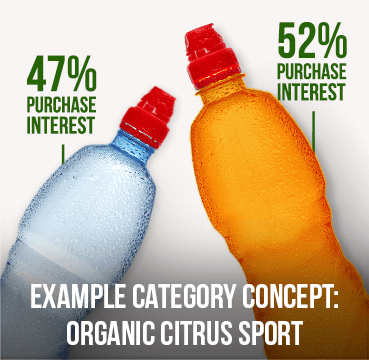 The difference between the two purchase interest percentages might look very small, but when equivocated to dollar sales, they become quite large. What’s also interesting is our findings were also similar to the results of McGlone’s and Hoegg’s/Alba’s. Greater colour intensity was associated with better taste and more flavour in 89% of the products tested.
The difference between the two purchase interest percentages might look very small, but when equivocated to dollar sales, they become quite large. What’s also interesting is our findings were also similar to the results of McGlone’s and Hoegg’s/Alba’s. Greater colour intensity was associated with better taste and more flavour in 89% of the products tested.
If taste is king, then colour is its queen, and they very much work hand-in-hand to win consumers over.
––––––– WATCH THE VIDEO BELOW TO LEARN MORE –––––––
The truth is brands should not have to endure colour variation in their finished products due to batch inconsistencies from colour suppliers. Standardization procedures remove the halo of uncertainty around natural raw materials and extracts coming from different crop cycles and geographic locations. In addition, the analytical testing and technology available today ensures all purity and safety specifications are met of each colour batch. Shade expectations should not change when formulating with colours from plant sources.
Wondering if natural colour affects a product’s taste profile? Learn the truth about this natural colour myth here.








